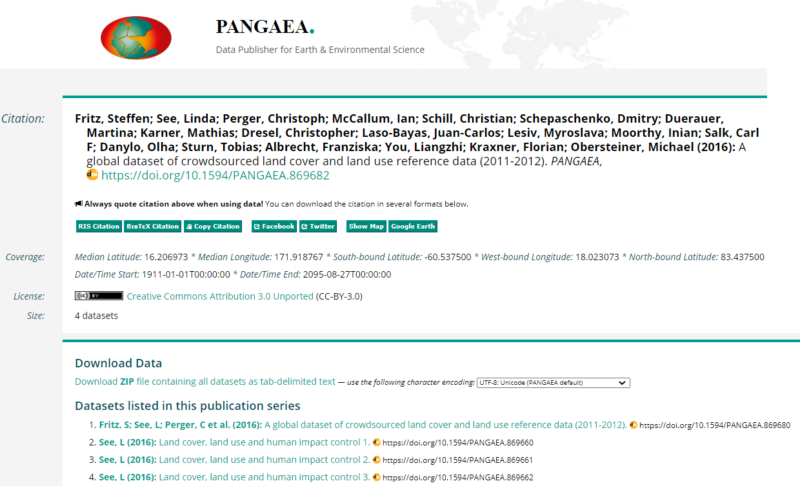Why is it relevant?
Administrations in many countries have already embraced open data. For them, open data helps to facilitate transparency, accountability and public participation. For scientists, open data enables studies aiming to understand global problems such as climate change and helps to solve problems such as disease, crime or famine. Computer engineers can also benefit from open data sources as inputs for machine learning training. Many Citizen Observatories are even obliged by their funders to share their data as part of the data management policies.
How can this be done?
In sharing data, there is no single solution that suits everyone. Some users will simply need to see the data, while others will need to analyse and combine it. The open data movement suggests different steps that you can gradually pursue.
Useful Resources
WEBSITE: WeObserve marketplace contains several openly accessible data sets produced by LandSense, Ground Truth 2.0, Scent and Grow projects. This website concentrates the work done by thousands of citizens during the duration of the project activities.
VIDEO: Creative Commons: Wanna work together in the Creative Commons website illustrates the need for open licences. In the website, CC licenses are described and can be selected based on the need to provide attribution, allow commercial use, permit derivative works, etc.
REPORT: The “OGC Citizen Science Interoperability Experiment Engineering Report” describes the first phase of the Citizen Science (CS) Interoperability Experiment (IE) organised by the WeObserve Interop CoP and provides examples on data sharing standards applied to Citizen Observatories.
FAIRsharing: FAIRsharing is a community-driven resource with a growing number of users, adopters, collaborators and activities, all working to enable the FAIR Principles and to make Standards, Knowledge Bases, Repositories and Data Policies FAIR.
You may also be interested in:
I want to work with data…
…by integrating data from several Citizen Observatories/other sources
I want to generate insights & results from our data & knowledge…
…by visualising and interpreting the data
I want to achieve impact with the Citizen Observatory results…
This work by parties of the WeObserve consortium is licensed under a Creative Commons Attribution-ShareAlike 4.0 International License. ![]()

